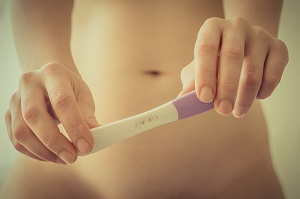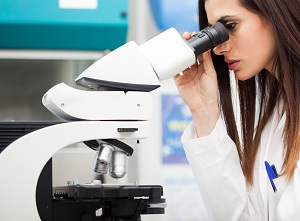Researchers at the University of Colorado and Duke University have presented a study on best techniques for in vitro fertilization. According to scientists, fresh oocytes give more chance of success than frozen ones. Likewise, it is better to implant one embryo at a time. All of these findings were presented to the American Society for Reproductive Medicine (ASRM).
Dr Alex Polotsky, the lead author of the study, is on the verge of other research in recent years. It confirms what others have already said: planting many embryos at a time is not only useless but also deleterious. For in vitro fertilization to be successful, it is much better to implant one or two embryos at a time. This also limits the risk of twin pregnancies, which are dangerous for women and for fetuses.
The focal point of the study, however, was the use of frozen oocytes and its relationship to the number of embryos implanted. To date it is still uncertain whether it is best to use fresh or frozen oocytes, especially when they come from a donor. To clarify this point, the researchers examined the data from the Society for Assisted Reproductive Technology (SART). They focused in particular on women who used donated eggs, which usually give more chances of success.
Analyzes have revealed that the rate of healthy babies born is the same, regardless of whether women have used fresh or frozen ovules. The use of fresh oocytes, however, goes hand in hand with the implant of two or three embryos at a time, thus having more twin parts and more complications. On the contrary, it is easier for those who use frozen oocytes to plant only one embryo at a time.
Source: eurekalert.org
Add a comment





